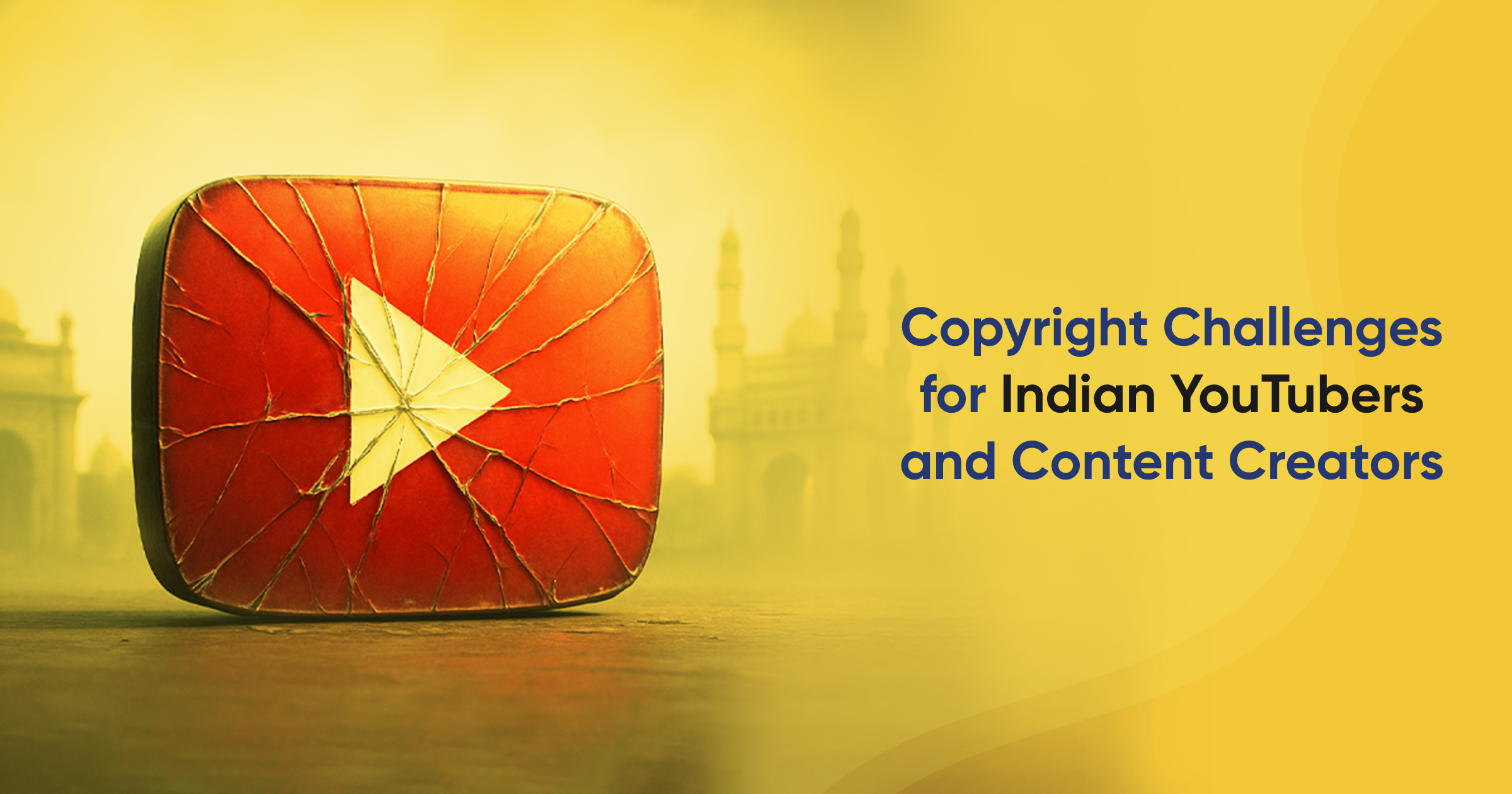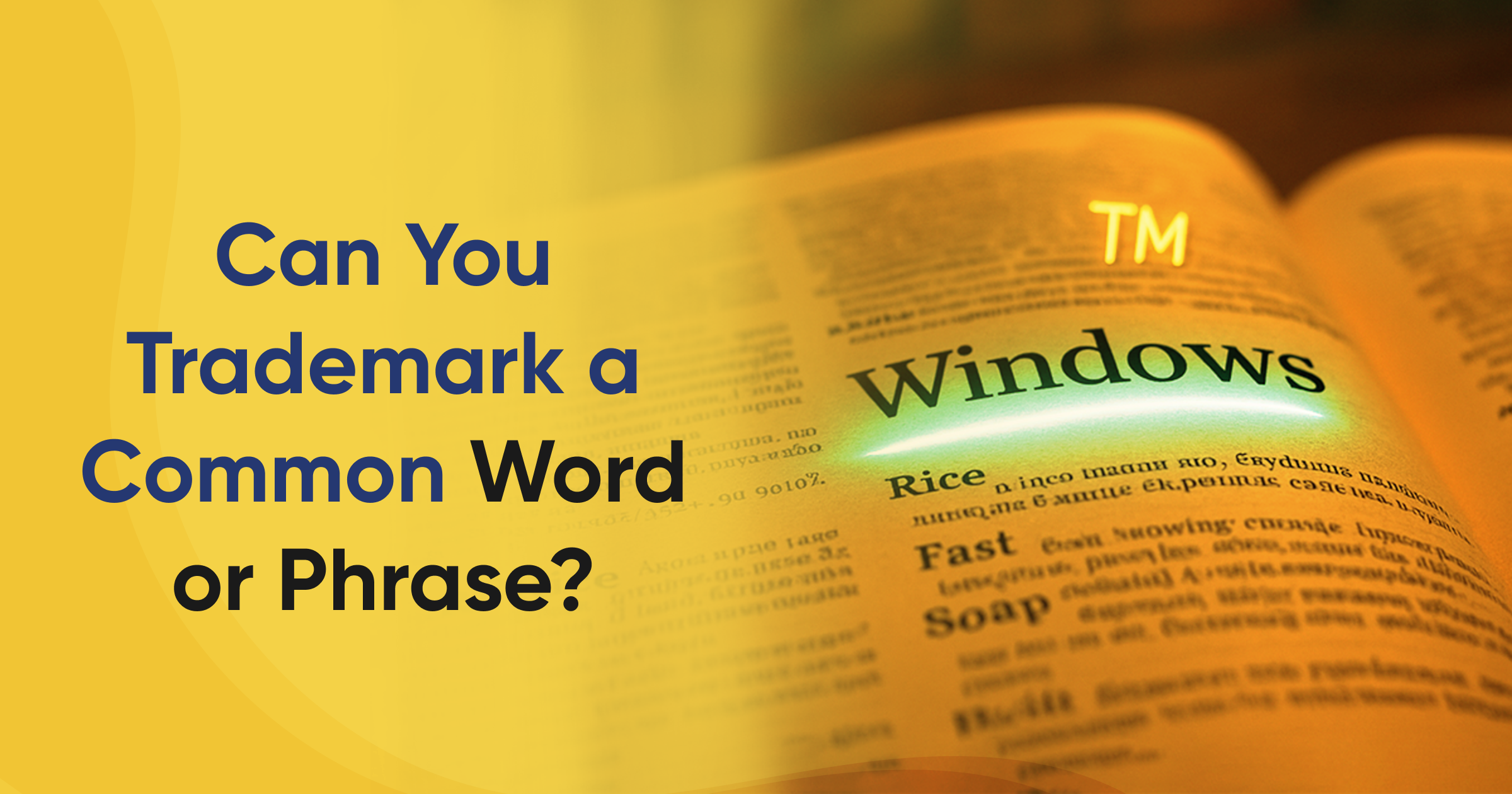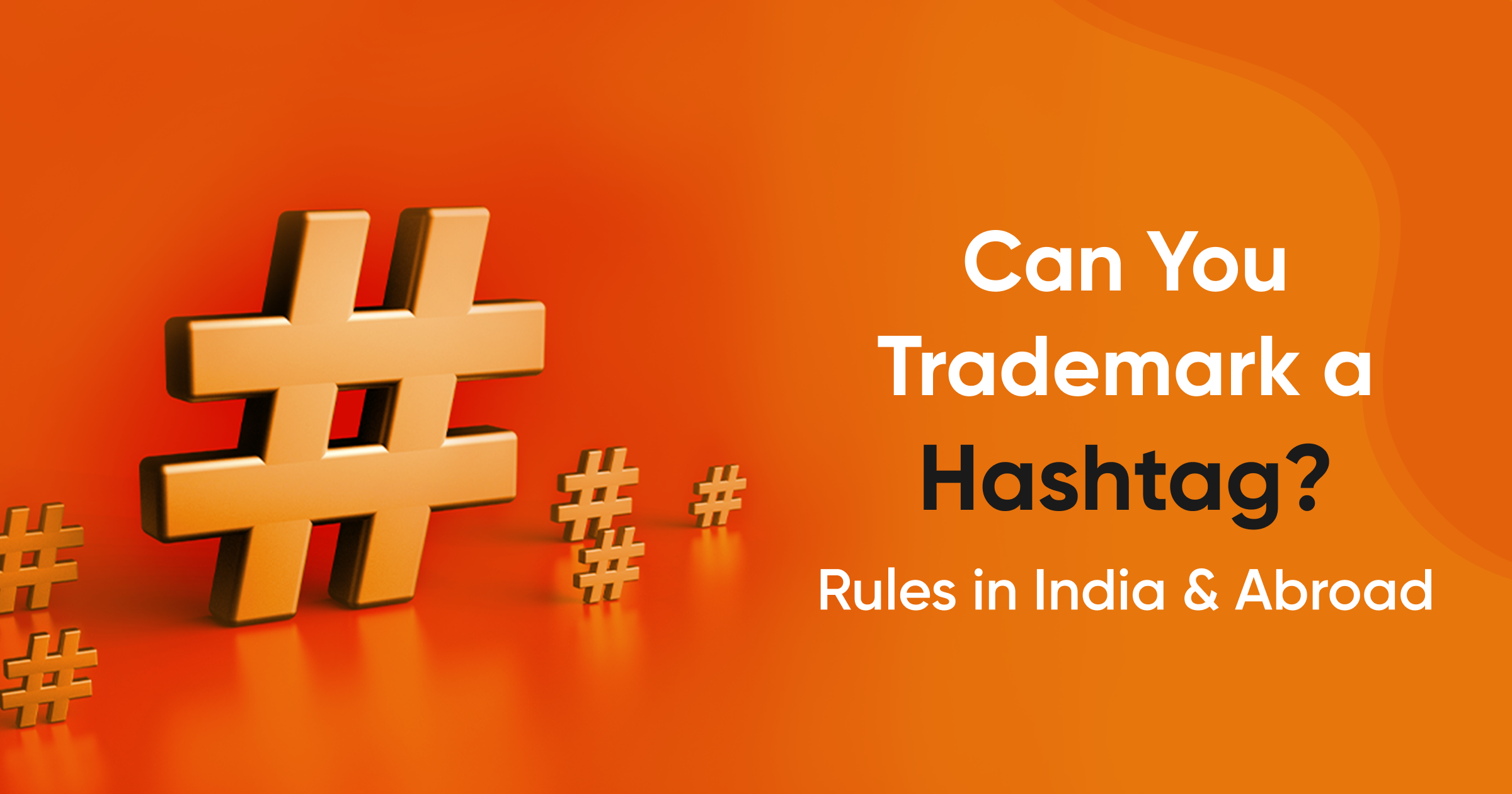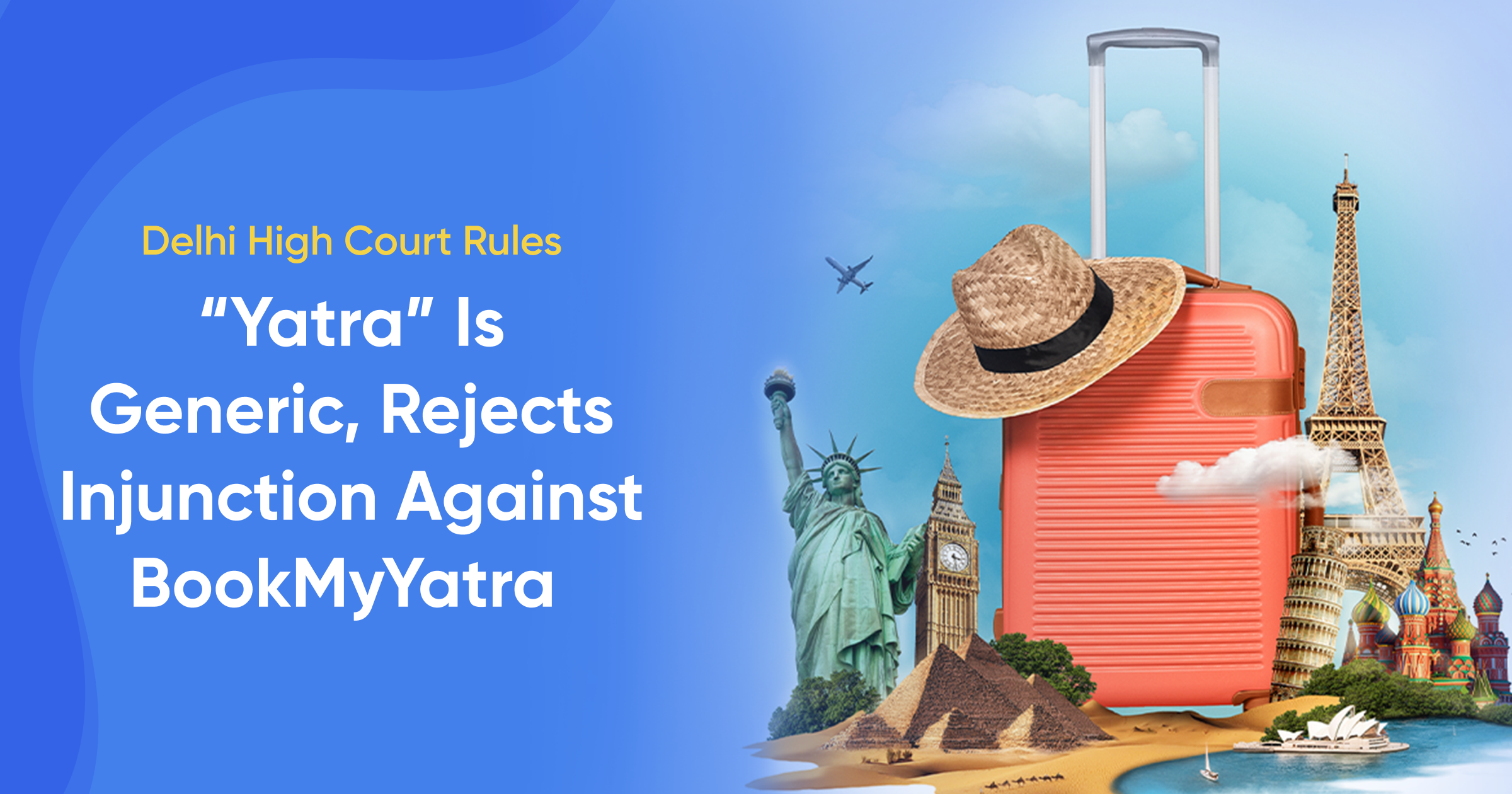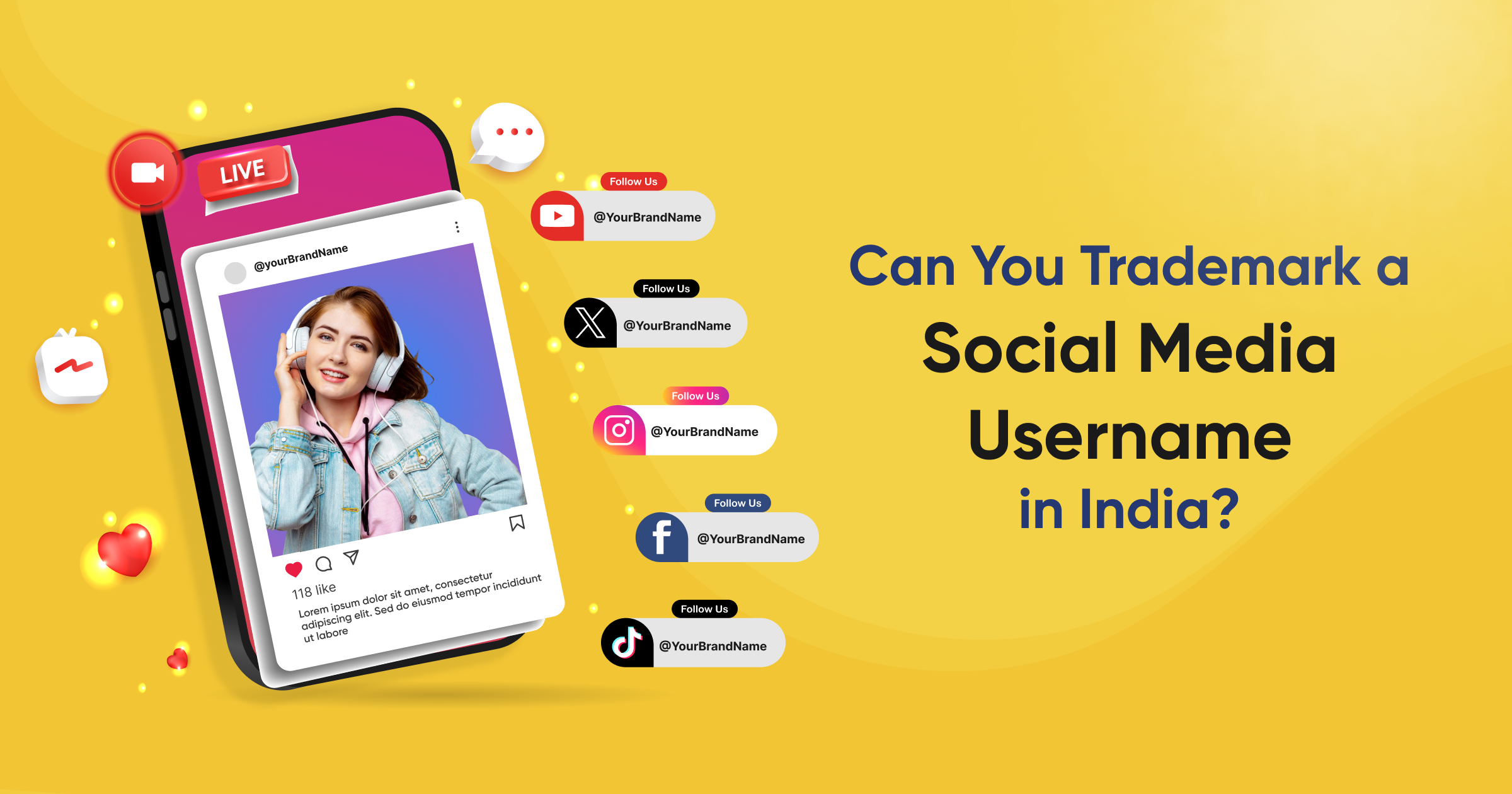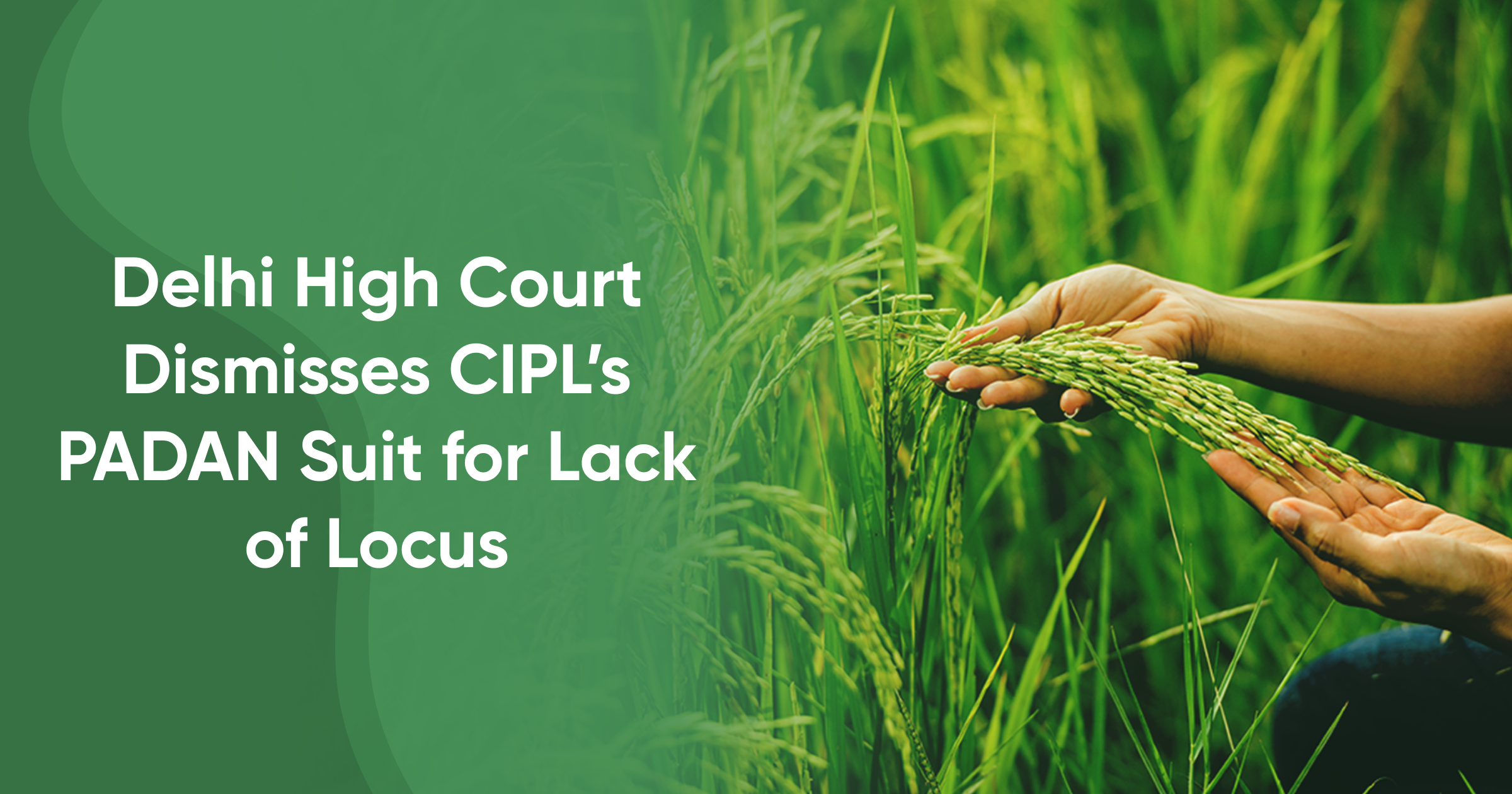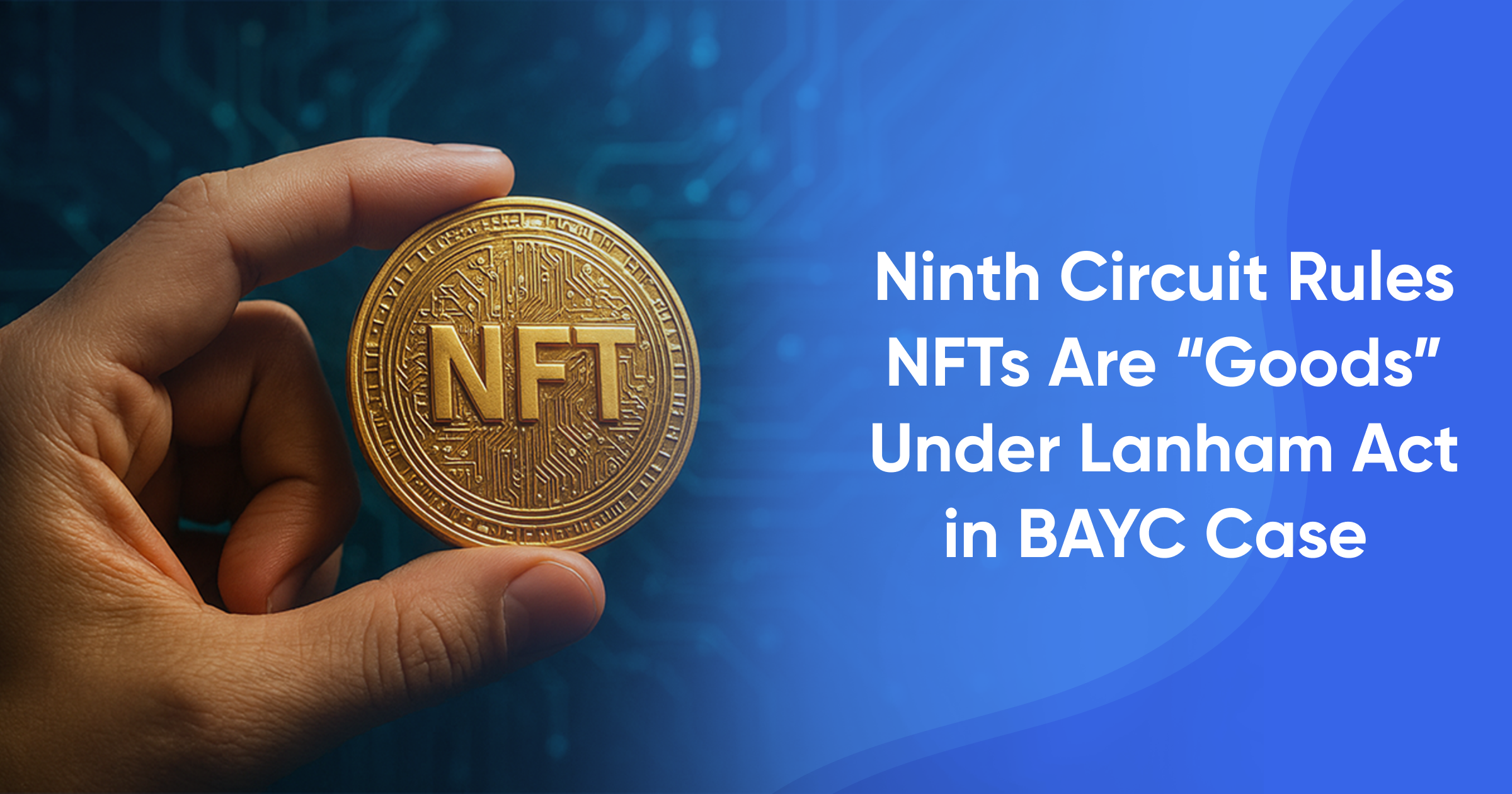Indian YouTubers have never been more influential. They’ve also never been more vulnerable. In 2025, big names felt the hit. Satirist Ramit Verma had 14 videos flagged by ANI. Journalist Mohak Mangal faced a ₹48 lakh demand for two short clips. Commentators like Thugesh Unfiltered, Abhisar Sharma, and Paurush Sharma saw strikes stack up within days. Copyright law, platform rules, and aggressive takedown tactics collided - often at the cost of years of work, income, and voice.
1. The fair dealing fog
Indian law does protect creators. Section 52 of the Copyright Act, 1957 allows limited use of copyrighted material for criticism, review, news reporting, parody, and education. But the law doesn’t define what’s “fair.” Courts decide case by case. That means uncertainty. A reaction video might count as transformative. Or it might be called a derivative work and land you in trouble. Some judges apply the three-fold test:
- Why you used the work.
- How much you used.
- Whether your use harms the original’s market.
There’s also the de minimis principle - ignoring tiny, trivial uses. A few seconds of a clip might be fine. Or not. For creators, the problem is clear: the rules are there, but they’re vague. And vague rules scare people into silence.
2. YouTube’s strike system: Fast, final, and global
YouTube’s copyright enforcement is mostly automated. Tools like Content ID and webform takedowns flag possible infringement. Get three copyright strikes in 90 days and your channel is gone. No court hearing. No second chance. This policy isn’t required by Indian law. It’s YouTube’s own rule, applied worldwide. And it can be exploited.
Creators allege that some rights holders wait for multiple uploads, then issue strikes all at once - forcing channels into shutdown territory overnight. While YouTube says it offers a dispute process, the clock is against you. The platform can keep content down for weeks, even if the claim is questionable.
3. The ANI controversy
In 2025, Asian News International (ANI) became the face of aggressive copyright enforcement in India. Multiple creators say ANI issued strikes for short news clips - sometimes under 10 seconds - then demanded huge fees to remove them. Demands ranged from ₹15 lakh to ₹48 lakh. Critics call it extortion. ANI calls it lawful protection of property.
The stakes are higher for political content. Several targeted creators are known government critics. The result? A chilling effect on news commentary and satire.
4. Whose law applies?
This is where things get murky.YouTube says it follows “applicable laws.” But in India, copyright is territorial. The US DMCA shouldn’t apply here. In practice, takedowns often follow IT Act, 2021 Intermediary Guidelines - not the Copyright Act. That’s important because the Copyright Rules, 2013, require rights holders to get a court order within 21 days of a takedown. If they don’t, the content can be restored.
Creators and journalists say this 21-day safeguard is rarely followed. Sometimes, platforms reportedly accept just a “diary number” from the court - a filing receipt, not an injunction - as proof of legal action.
5. Why this matters
For most creators, YouTube is their main platform. Lose your channel and you lose your audience, income, and years of work. When the law is unclear, and platform rules are stricter than the law itself, creators are left in limbo. Fair dealing becomes a gamble. Satire, commentary, and independent reporting - protected forms of expression - can disappear with a few clicks.
Real stories from 2025
Comedian Kunal Kamra had his satirical “Naya Bharat” video blocked by T‑Series. He used a parody of “Hawa Hawai” and “Bholi Si Surat,” and stood firm - saying parody and satire are fair use.
YouTuber Mohak Mangal was hit by ANI strikes for using mere 9–11‑second clips. They demanded ₹45–50 lakh to withdraw them. Courts later allowed him to keep most of the video, only removing parts deemed defamatory
The way forward
Parliament must spell out what fair dealing means for digital content. YouTube should follow Indian copyright rules, not just global ones. It must review cases before strikes and be open about its decisions. Creators should keep license records, know Section 52, and fight false claims. Lawyers, platforms, and creators need to work together on fair, simple licensing - especially for news clips.
In 2025, copyright enforcement in India isn’t just about law. It’s about power. Right now, that power sits with platforms and large rights holders. Until rules change and processes open up, creators will keep walking a thin line - one strike away from silence.
Turning copyright chaos into clarity
When the rules are unclear, having the right legal support can make the difference between losing your channel and protecting your work. At Trademarkia, our experienced copyright lawyers understand both Indian law and global platform policies. We’ve guided creators through disputes, defended fair dealing rights, and secured licenses that keep content safe. If you’re facing a strike - or want to prevent one - we can help you protect your voice, your livelihood, and your creative freedom.
